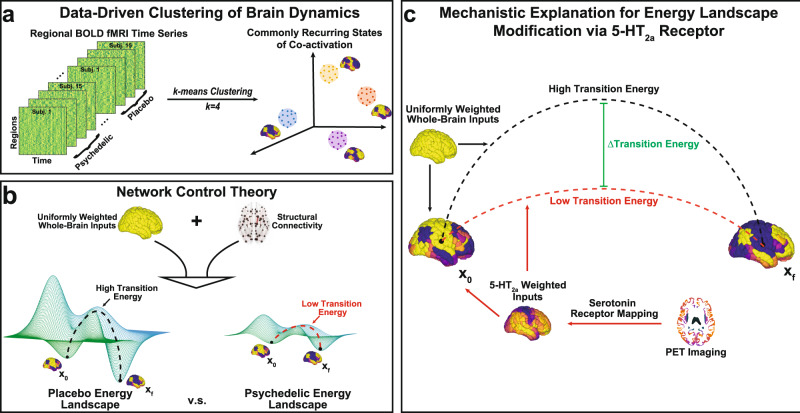Fig. 1. Mapping the energy landscape of the human brain with network control theory.
a We concatenated all fMRI time series together (all subjects, all conditions) and employed the k-means clustering algorithm to identify common activation patterns, or states. b Using network control theory and a representative structural connectome34, we calculated the minimum energy required to transition between states (or maintain the same state) using each individual’s brain states derived from the psychedelic and placebo conditions separately. Our calculations reveal an energy landscape that is flattened by LSD and psilocybin. c Weighting the energy calculations of the placebo brain states with inputs from PET-derived receptor density maps of the serotonin 2a receptor35 also resulted in a flattened energy landscape, providing a mechanistic explanation for these drug’s flattening effects.

